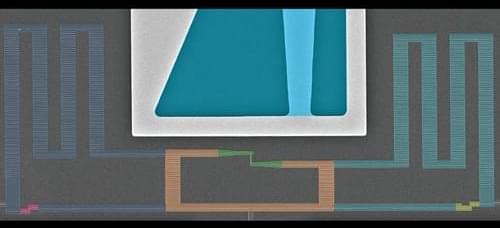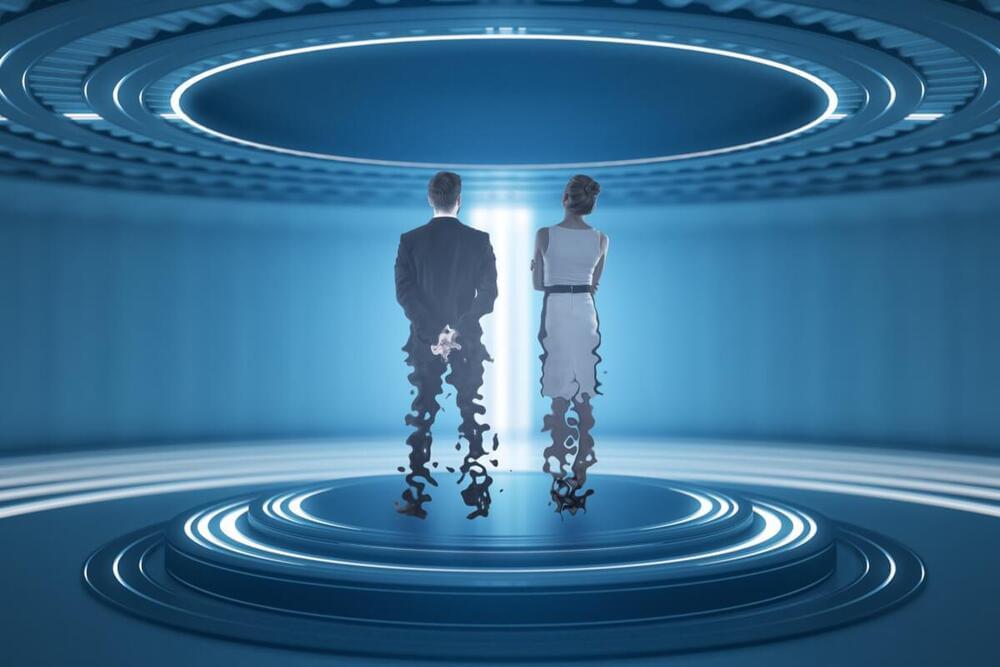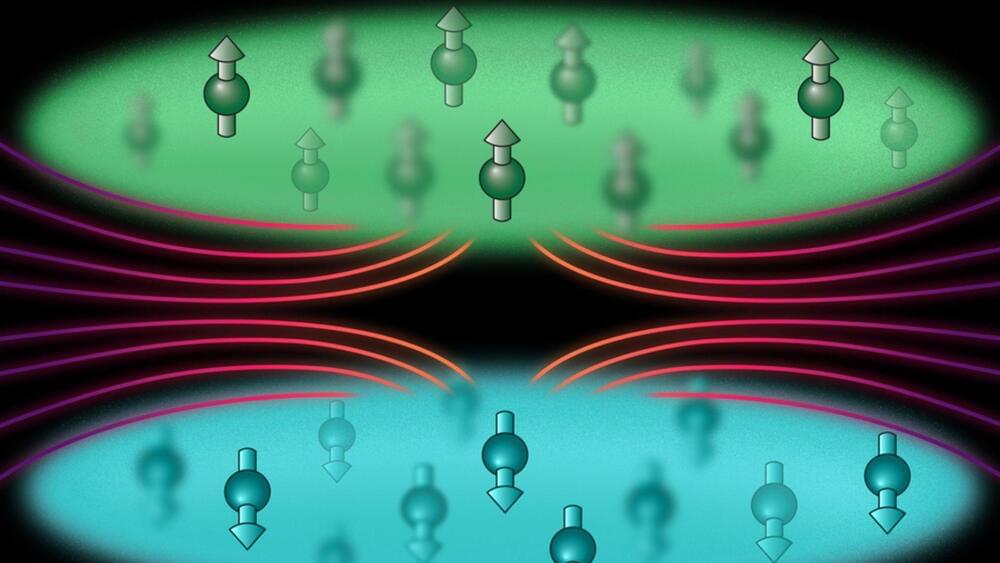Researchers from the University of Portsmouth have unveiled a quantum sensing scheme that achieves the pinnacle of quantum sensitivity in measuring the transverse displacement between two interfering photons.




The advance offers a way to characterize a fundamental resource needed for quantum computing.
Entanglement is a form of correlation between quantum objects, such as particles at the atomic scale. This uniquely quantum phenomenon cannot be explained by the laws of classical physics, yet it is one of the properties that explains the macroscopic behavior of quantum systems.
Because entanglement is central to the way quantum systems work, understanding it better could give scientists a deeper sense of how information is stored and processed efficiently in such systems.

Researchers from the High Magnetic Field Center of the Hefei Institutes of Physical Science of the Chinese Academy of Sciences and the University of Science and Technology of China recently introduced the concept of the “Topological Kerr Effect” (TKE). This new concept was developed using the low-temperature magnetic field microscopy system and magnetic force microscopy imaging system available at the steady-state high magnetic field experimental facility.
The findings, published in Nature Physics, hold significant promise for advancing our understanding of topological magnetic structures.


TURKU, Finland — Beam me up, Scotty! In a study that seems straight out of a “Star Trek” episode, an international team of researchers has achieved a remarkable feat in the realm of quantum teleportation. They have successfully conducted near-perfect quantum teleportation despite the presence of noise that typically disrupts the transfer of quantum states.
Quantum teleportation is a process in which the state of a quantum particle, or qubit, is transferred from one location to another without physically sending the particle itself. This transfer requires quantum resources, such as entanglement between an additional pair of qubits.
Imagine you have a secret message written on a piece of paper. You want to send this message to someone far away without anyone else seeing it. In quantum teleportation, instead of physically sending the paper, you would make an exact copy of the message at the other location while the original message gets destroyed. This requires some special resources like entanglement, which is like a mysterious connection between two qubits.

Researchers at Tohoku University and the Japan Atomic Energy Agency have developed fundamental experiments and theories to manipulate the geometry of the ‘electron universe,’ which describes the structure of electronic quantum states in a manner mathematically similar to the actual universe, within a magnetic material under ambient conditions.
The investigated geometric property – i.e., the quantum metric – was detected as an electric signal distinct from ordinary electrical conduction. This breakthrough reveals the fundamental quantum science of electrons and paves the way for designing innovative spintronic devices utilizing the unconventional conduction emerging from the quantum metric.

Researchers have successfully used 40-year-old mathematics to explain quantum tunneling, providing a unified approach to diverse quantum phenomena.
Quantum mechanical effects such as radioactive decay, or more generally: ‘tunneling’, display intriguing mathematical patterns. Two researchers at the University of Amsterdam now show that a 40-year-old mathematical discovery can be used to fully encode and understand this structure.
Quantum Physics – Easy and Hard.

The experiment confirmed their suspicions. By supercooling the dysprosium atoms, splitting them into spin-based layers with the lasers, and stabilizing the lasers with the optical fiber, they successfully achieved a 50-nanometer separation – the closest arrangement ever achieved in ultracold atom experiments.
This dramatic proximity significantly amplified the natural magnetic interactions between the atoms, making them a thousand times stronger than at 500 nanometers. The team observed two fascinating quantum phenomena: collective oscillation, where vibrations in one layer triggered synchronized vibrations in the other, and thermalization, where heat transfer occurred between the layers solely through fluctuating magnetic fields within the atoms.
